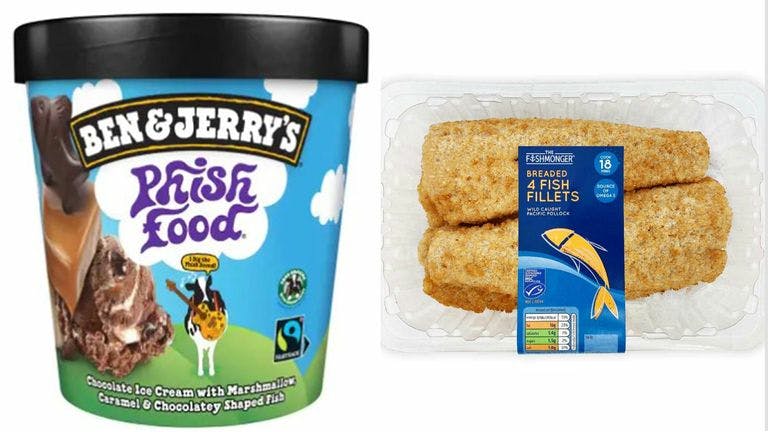
RECAP: Managing Subs for Online Orders Picked from Store
When retailers gain visibility to an online order to be picked from a store, where they fear that item may not be available, there are at least three ways to "save" that sale.
First, they can present substitutes at the moment the shopper places an order.
Second, they can, just before the picker is presented with the order to pick, direct the picker to pick a substitute item.
In this meeting, we heard from the lead ecommerce operations leader from a USA retailer, we then revisited some benchmarking data, heard from a CEO of a quick commerce platform and then an academic who shared research findings on personalised substitutions.
Here were three key takeaways.
#1: Subs are a Costly Affair!
In a previous meeting, Professor Corsten had shared that the task for the picker of finding a substitute item can typically take six minutes, or roughly €2.50 in wages, while the profit margin on the substitute item being picked, in order to keep the customer happy, can be just circa €1.
For this meeting, West Monroe, experts in retail productivity, shared their calculations on the impact of out of stocks on the pick process.
Using a generic store pick process, learned times per step and some assumption on order sizes and out of stock rates, they calculated that for a typical order of 25 SKU's, the cost of finding and picking the two items out of stock (8%) would equate to 24% of the the total pick time time required.
It follows that the picking process could be circa 24% faster if there were no substitutes, or even 12% faster if the time incurred in finding and picking substitutes could be halved, through for example the use of flashers on Electronic Shelf Edge labels.

#2: Chasing Productivity Improvement
To improve productivity, and keep pickers focused on speed, some retailers would encourage their pickers to move to the next item if the ordered product could not be easily found, adding an extra round of picking, where one of the more experienced pickers would be tasked to find the items not found in the first pick.
Other approaches being explored include the use of flashers on ESL's to help guide the picker to the substitute item faster.
In future meetings, the group hope to hear updates from retailers on their productivity initiatives and their results.

#3: Personalised Substitutions
We heard from both a practitioner and an academic, each sharing the positive benefits of involving the customer in the substitution process. Each had gathered data from the shopper on what item they would select if the item they wanted was not available. They then used this logic to manage the orders and then the surprises in stores when the items could not be found on the shelf. In one case, online sales grew by 1% using these algorithms

If you would like to see the whole recording, please contact colin@ecrloss.com
Below is a recap of the meeting and a discussion with Professor Corsten on his takeaways.
Jul 27, 2024
Main office
ECR Community a.s.b.l
Upcoming Meetings
Join Our Mailing List
Subscribe© 2023 ECR Retails Loss. All Rights Reserved|Privacy Policy
